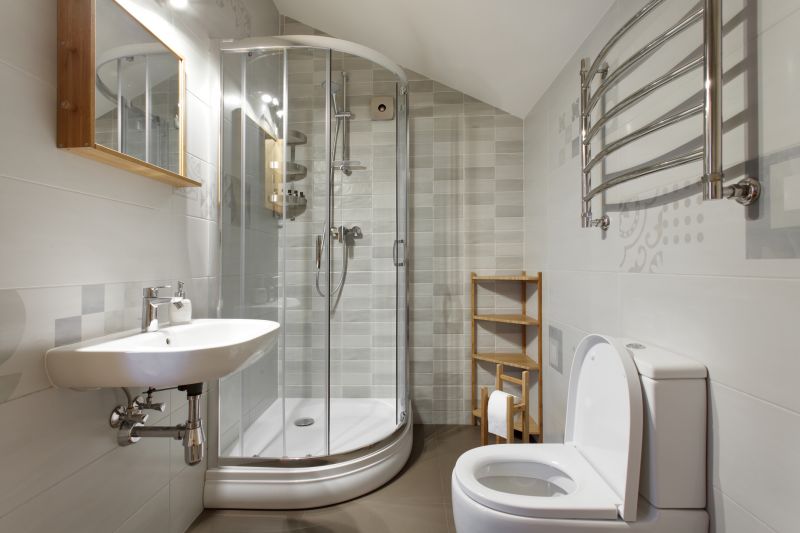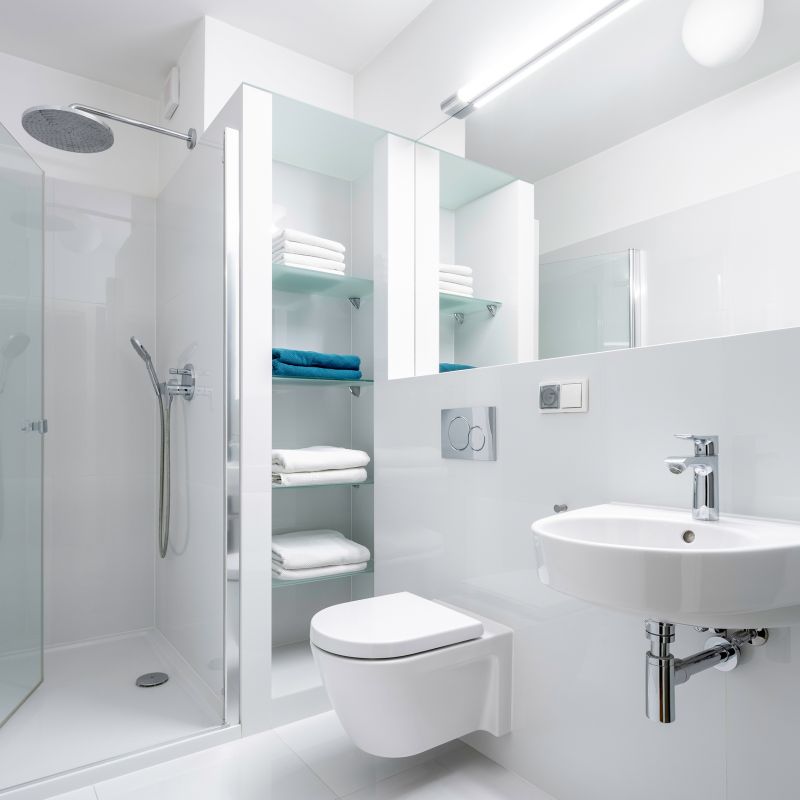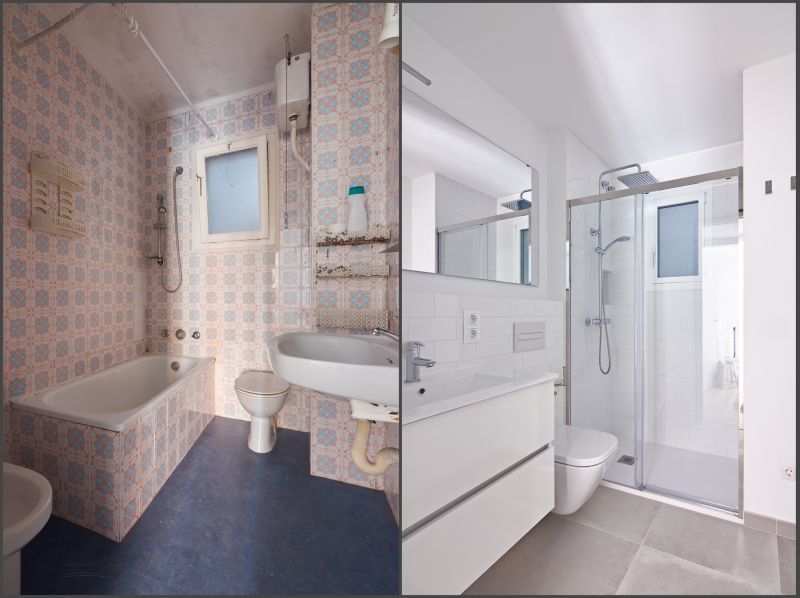Small Bathroom Shower Layout Tips and Ideas
Designing a small bathroom shower requires careful planning to maximize space without sacrificing functionality or style. Proper layout choices can make a significant difference in how spacious and comfortable the area feels. Whether renovating an existing bathroom or designing a new one, selecting the right shower layout is essential for optimizing limited space.
Common layouts for small bathrooms include corner showers, walk-in designs, and shower-tub combinations. Corner showers utilize often underused space, fitting neatly into a corner with sliding or hinged doors. Walk-in showers create an open feel, especially when paired with glass enclosures that do not break up the visual space. Shower-tub combos are versatile, combining bathing and showering options in a compact footprint, ideal for multi-functional spaces.
In addition to layout, choosing the right fixtures and materials can influence the perception of space. Clear glass doors, light-colored tiles, and streamlined fixtures contribute to a more open and airy ambiance. Innovative storage solutions, such as niche shelves or corner caddies, help keep the area organized without cluttering the space.
Statistics show that the average small bathroom measures less than 50 square feet, making efficient layout design crucial. Properly planned layouts can increase perceived space by up to 30 percent, creating a more comfortable environment. Incorporating features like frameless glass and minimalistic fixtures enhances the visual openness, making the bathroom appear larger than its actual size.
Lighting also plays a vital role in small bathroom shower design. Bright, well-placed lighting can eliminate shadows and highlight the space’s features. Combining natural light with artificial sources ensures the area remains welcoming and functional. Thoughtful lighting design can make a small bathroom feel more expansive and inviting.
Corner showers utilize space efficiently, fitting into the corner of a small bathroom. They often feature sliding or hinged doors, saving space and providing easy access.
Walk-in showers create an open, spacious feel by eliminating doors and enclosures. Using glass panels enhances the sense of openness and allows light to flow freely.
Combining a shower and tub in a small bathroom maximizes functionality. Compact designs and integrated fixtures help conserve space while offering versatile bathing options.
Streamlined fixtures like wall-mounted sinks and recessed shelves help reduce clutter and maximize available space, making small bathrooms more functional.



| Layout Type | Key Features |
|---|---|
| Corner Shower | Fits into a corner, ideal for maximizing space, often with sliding doors. |
| Walk-In Shower | Open design with minimal framing, enhances spaciousness. |
| Shower-Tub Combo | Versatile, combines bathing and showering in a compact footprint. |
| Neo-Angle Shower | L-shaped or angled enclosure, fits well in small corners. |
| Glass Enclosure | Clear glass panels create an unobstructed view, enlarging the space. |
| Recessed Shelves | Built into walls, saving space and reducing clutter. |
| Sliding Doors | Save space compared to swinging doors, ideal for tight areas. |
| Minimalist Fixtures | Streamlined fixtures reduce visual clutter and open up the space. |



